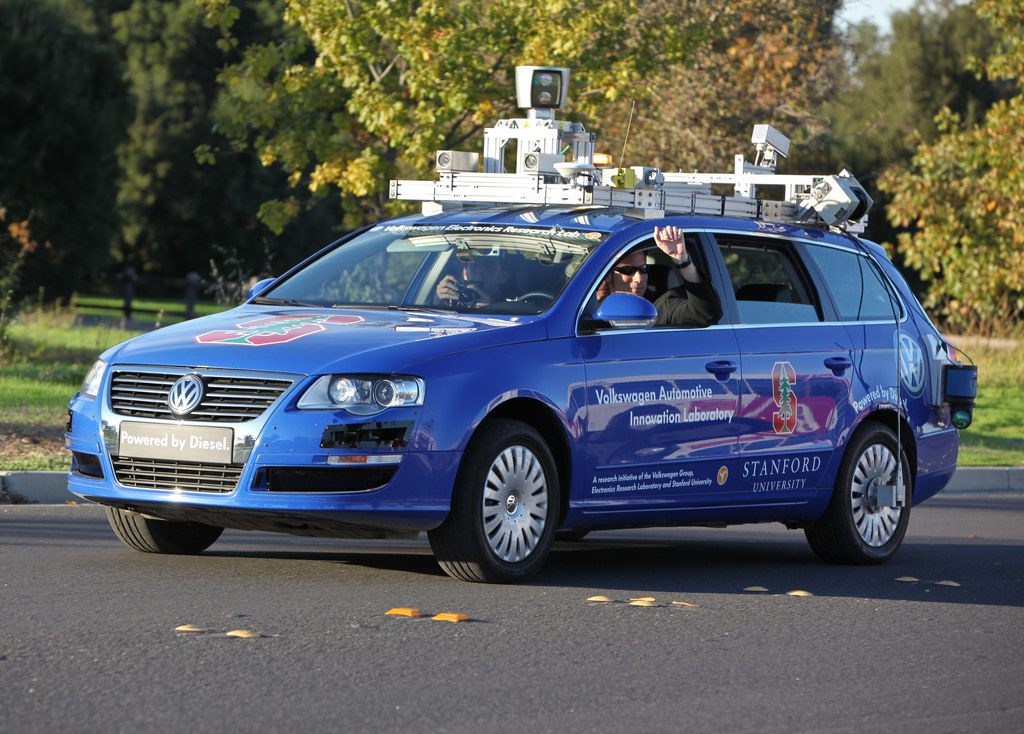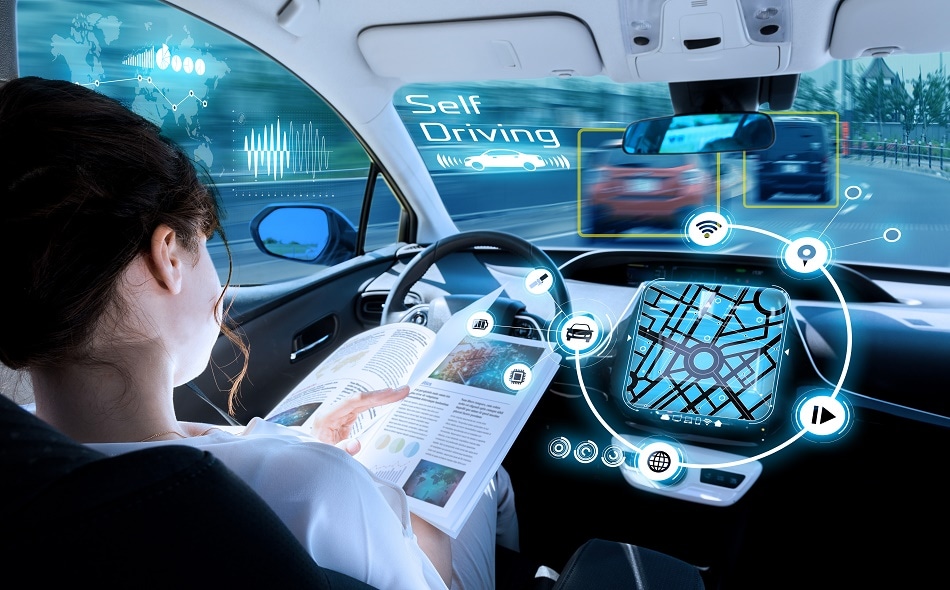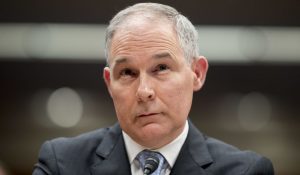By Donald Wu
Autonomous vehicles, also known as driverless or self-driving cars, are exactly what they sound like: a car that will automatically drive to where it needs to go even when the driver takes their hands off the wheel. Technology has come a long way for this advancement, but its widespread emergence does not necessarily imply its readiness for the road. With accidents in the past year involving an autonomous Uber vehicle killing a pedestrian1 and a Tesla driver fatally crashing into a large truck on the freeway while utilizing autonomous technology,2 policymakers must enact effective regulation quickly to keep people in and out of the car safe.
There are multiple models of autonomous vehicles available for sale in the United States from companies such as Tesla, Cadillac, Audi, Volvo, and more. While none are fully autonomous in the sense that a driver could fall asleep and the car would arrive at its destination, many are close: Tesla Autopilot previously allowed the driver to take their hands off the wheel for extended periods of time, but new regulation means the driver must now touch the steering wheel every few minutes to show they are still paying attention.3 Other autonomous vehicles are a bit less advanced, but impressive nonetheless: the Nissan Leaf currently has features that allow the car to automatically slow and speed up depending on its surroundings, though it has no provisions for the driver to take their hands off the wheel. With these various features and specifications, policies must be thorough in their wording to ensure success.
Currently, there are 33 states that have introduced legislation regarding autonomous vehicles – more than double than in 2015. States such as California have enacted policies that require autonomous vehicle testing to have an override system with a person inside the vehicle in case of malfunction, as well as other provisions for public road testing such as distances required from nearby cars, area of testing, and compliance with federal standards.4 Most states have a clause that defines an autonomous vehicle – for example, noting that the vehicles include some sort of driver-assist function, or can fully function without external (human) input that can interpret road signs and traffic-control systems.5 Other states have different, more specific laws: Washington D.C. has regulations on the conversion of existing vehicles, Tennessee has enacted laws prohibiting local governments from banning autonomous vehicle testing, and Nevada even assigns monetary value for crashes and violations of existing autonomous driving laws. Other states have set up committees that are currently formulating regulation beyond the national level, which at this point, is not comprehensive.
All in all, the major issue with autonomous vehicle policy is its fragmentation and variance by state and locality. Though collectively the ideas in place are sound and make sense in terms of classification, testing regulation, and real-world driving law, differing laws stifle companies when attempting to create vehicles that work nationwide. Additionally, there are still states that do not have any legislation regarding self-driving vehicles.
Another major issue not addressed in many state legislatures regarding self-driving cars is clearer wording on liability. This can mean financial liability when considering accidentsinvolving repairs to vehicles: is the manufacturer or the driver liable for paying for damages toanother car? Another is criminal liability – what repercussions exist for manufacturers thatconsistently release cars that get into accidents, or if someone gets hurt? These questionsare especially tricky considering the driver is not the one operating the car, and clearer wordingof these details would make owners, manufacturers, and insurance companies less confused asthese cars begin to flow into the market. A policy solution would set standards on the rate ofaccidents a vehicle can have during a pre-production trial period before it can be sold to thegeneral public, as well as keep track of production vehicles. For fully autonomous systems,the manufacturer could assume liability; this would encourage car companies to developtechnology that will keep drivers, passengers, and pedestrians safe, as accidents would cut intotheir bottom line.
Only once these various states can combine ideas into a national policy will autonomous vehicles be ready for the road. In 2050, it is quite possible that many, if not most of the cars on the road will have some sort of autonomous driving technology. In a properly regulated environment, vehicle manufacturers by 2050 will be held accountable for their technology and create cars safer than the human-driven ones on the road. Additionally, traffic will decrease as less private car ownership and more rideshare systems utilize autonomous vehicles – hopefully decreasing the number of vehicle-related injuries and environmental impact of private transportation.

- Kerr, Dara. “Was Uber’s driverless car crash avoidable? Experts say yes.” CNET, 23 March 2018. https://www.cnet.com/news/was-ubers-driverless-car-crash-avoidable-some-experts-say-the-self-driving-car-should-have-braked/
- Boudette, Neil. Fatal Tesla Autopilot System Raises Questions About Autopilot System. New York Times, 31 March 2018. https://www.nytimes.com/2018/03/31/business/tesla-crash-autopilot-musk.html
- DeMuro, Josh. “7 Best Semi-Autonomous Systems Available Right Now.” Autotrader, January 2018. https://www.autotrader.com/best-cars/7-best-semi-autonomous-systems-available-right-now-271865
- “Autonomous Vehicles: Self Driving Vehicles Enacted Legislation.” National Conference of State Legislatures, 26 March 2018. http://www.ncsl.org/research/transportation/autonomous-vehicles-self-driving-vehicles-enacted-legislation.aspx
- Ibid.






Be First to Comment